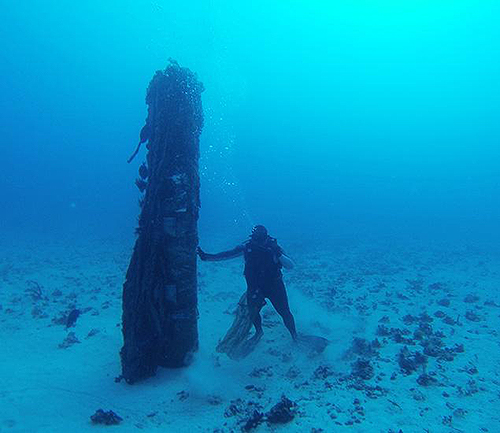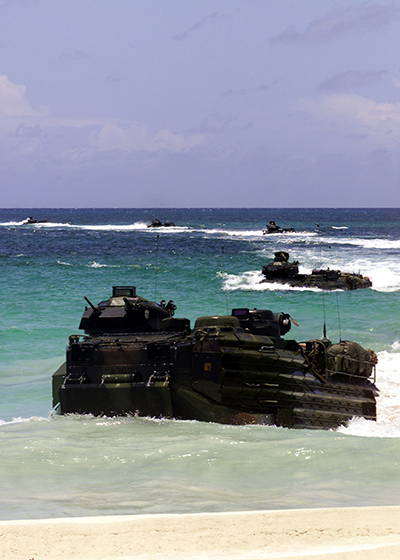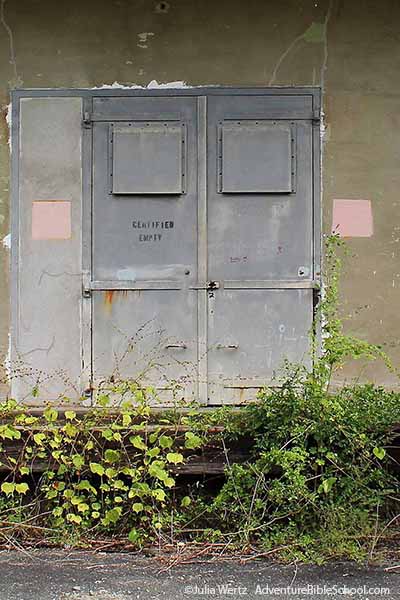(go here to see all Vieques Island posts)
Around Christmas 2012, I spent a week running around the island of Vieques by myself. I explored abandoned military bunkers, sugar mill ruins, a decaying lighthouse, and off-roading in the jungle. I’d passed up my traditional Christmases spent with my family, drinking hot chocolate, and listening to (but not necessarily enjoying) my siblings’ farting contest to go on vacation with my then-boyfriend. Unfortunately, it turned out he hated adventure and also was a huge asshole. But even so, I had fun!
Vieques is a small island off the eastern coast of Puerto Rico. It was inhabited by Native American tribes from around 3000bc (dates debatable) to the 15th century when the Spanish “discovered” it. They took over during the 16th century, enslaving, killing and/or imprisoning the natives.
Over the next 300 years, various European powers tried to seize Puerto Rico but were consistently beat by the Spanish, who allowed Vieques Island to become a “lawless outpost, frequented by pirates and outlaws.” In 1898, the US took over after defeating the Spanish in the Spanish-American war.
Throughout the 1800’s and early 1900’s, sugar was the main source of Vieques’ profitable industry. The island had five plantations, tended to by slaves, natives and immigrants. For more info on the sugar mills, go read this post.
In 1940, in the midst of WWII, the United States Navy began to look for a place to set up a naval base, and they settled on Vieques. They purchased some land in 1941 and by 1950, they owned and occupied two thirds of the island. The eastern end was used for training exercises and the western end as an ammunition depot, which still remain today as bunker ruins.
With the US Navy on one end and the US Marines on the other, citizens of Vieques were forced to move to the center of the island. Here is a detailed map of Vieques during military occupation:
And a simplified map to emphasis how little land civilians were allowed to occupy:
If you look for a map of Vieques now, you’ll find ones like this, outlining tourist destinations.
Areas previously occupied by the military are restricted for two reasons: 1) the EPA is working to stabilize wildlife in the area and 2) the US Military has not finished cleaning out the area and unexploded bombs can still be found.
For 60 years, the residents of Vieques lived with constant bomb and ammunition testing that culminated in a series of protests starting in 1999. The protests heightened when a bomb was dropped too close to a civilian employee’s security post, killing one man and injuring four others.
The largest protest took place in May of 2000, in which hundreds of civilians and outside supporters charged the military’s practice grounds. Many were arrested but released on minor trespassing charges. The protest did not stop the military, which continued to occupy the island until May 2003.
Prior to full military withdrawal in 2003, the Navy had already vacated the western end in 2001. The ammunition depot bunkers still remain, some locked and some wide open.
Cleanup of hazardous materials continues, as both ends of the island have been turned into wildlife refuges. So far the estimated cost of the cleanup is $200 million, making it the most expensive cleanup in military history.
Disabled artillery and mortar shells being broken down for recycling in 2007.
An unexploded bomb being blown up in 2008 on the former Naval Training Range. The Navy estimates cleanup won’t be finished until 2025.

photo c/o the NY Daily News
In 2013, shortly after my visit, an unexploded bomb was discovered by a fisherman about 80 feet off the coast.
Although the military left Vieques ten years ago, the island still struggles with the aftermath of its occupation. Reports of unexploded bombs and harmful debris, high cancer and infant mortality rates, and detection of carcinogens like mercury, lead, and uranium, are just a few of the issues reported. Official sources deny the accuracy of the claims, as they usually do in these situations. But looking at Vieques’ history, it’s ludicrous to deny these reports.
To see more photos, go to the Vieques military bunkers Flickr set.
Disclaimer: If any information is incorrect, if you have more info, or if you’d just like to tell me something, feel free to contact me.
To support my work and see new comics, go here. To buy books, original artwork, merch, and more, visit my website store. Follow me on instagram.



















Sorry, the comment form is closed at this time.